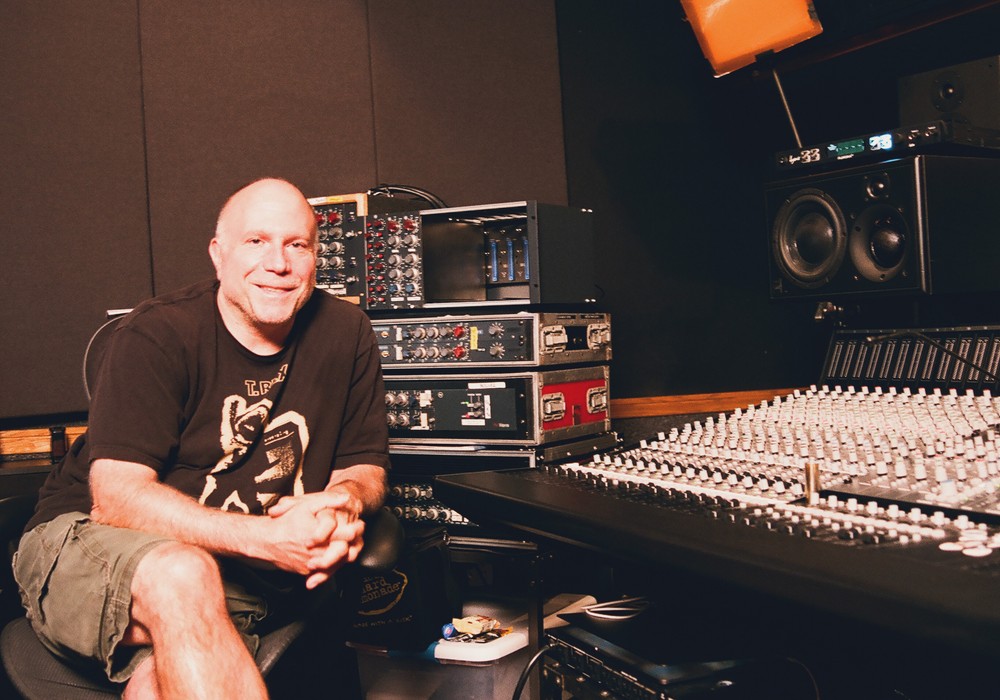It seems that control surfaces for use with digital audio workstations are the current darling of the hardware industry. There's a good reason for this-they give your computer a tactile, mouseless feel that harkens back to the analog days, while offering the cost-effective appeal of cutting-edge automation, readout displays, and motorized faders. Recently, the folks at Radikal Technologies jumped into the controller fray with their SAC-2.2. Actually, this is the second generation Radikal Controller. (The original SAC-2K was introduced in 2000.) Upon checking out the SAC-2.2, one of the first impressions is that this metallic-blue puppy is extremely sexy and is built like a brick @#$!house. Those who have limited desktop space will also be struck by the fact that it's fairly large, taking up 24.5'' x 13'' worth of desk real-estate. (Personally, I found a killer roll-around amp/rack stand from www.onstagestands.com that nipped that problem in the bud).
Getting to the heart of the matter, the SAC-2.2 is an 8- channel strip + master controller that includes full-throw, touch-sensitive faders that are very responsive. Above the faders are the usual select buttons, toggled mute/solo buttons (always a sore spot with me, as I always prefer separate mute and solo buttons), a 31-segment rotary encoder that yields a more accurate readout than most LED pots, as well as three 2-line x 40-character readout/parameter displays. Quick access to parameters is given by a series of Mixer-Mode buttons. Using the rotary pots, you can alter such parameters as pan, high/hi- mid/low-mid/low EQ settings, and effects sends. A Track- Category section lets you quickly access only those channels that are passing audio, MIDI, live inputs, VST instruments, or output buss/subgroups. A separate Channel-Strip section allows multiple parameters of a selected track to be simultaneously viewed across the entire readout display, which are controlled via their associated rotary pots. A Software-Navigation section (whose functionality depends upon the host software) lets you enter numeric values into an editor, while also providing various navigation and cut & paste tools. Finally, a well laid-out transport/jog section is included for quickly getting around a project.
One of the cooler aspects of the SAC-2.2 is the fact that it can be connected to the computer and host software via either MIDI or USB. This seemingly simple feature has several hidden advantages. Successfully connecting to the DAW via MIDI literally took me two minutes. However, this method has problems as the automation and moving fader moves were sluggish enough to cause delay lags (a disconcerting problem when fine-tuning a setting while the DAW is playing). Hooking the controller up to USB completely solved this problem. In fact, connecting the SAC- 2.2 to USB has several other advantages. For starters, the SAC-2.2 has a built-in 4-port hub! To this, I say... Duh, it's about time somebody put a USB hub into a controller device! This simple feature lets you connect your mouse, USB keyboard, and other peripheral devices directly to the controller. As a plus, the MIDI ports become accessible to the system for connecting to instruments, etc... way cool!
When installing the USB connection for the first time, make sure you follow the install document very carefully, as the process could have been laid out better. I recommend that Windows users extract the USB drivers to a user-created Program Files Directory (e.g. C:\Program Files\Radikal). Manually directing the install wizard to this directory should get you up and running without any fuss.
The SAC-2.2 works with Digital Performer, Pro Tools, Cubase, Nuendo, Logic, Reason, Sonar, Pyramix, SoundDiver, Creamware, Native Instruments and more. ($1849 MSRP; www.radikaltechnologies.com)





_disp_horizontal_bw.jpg)